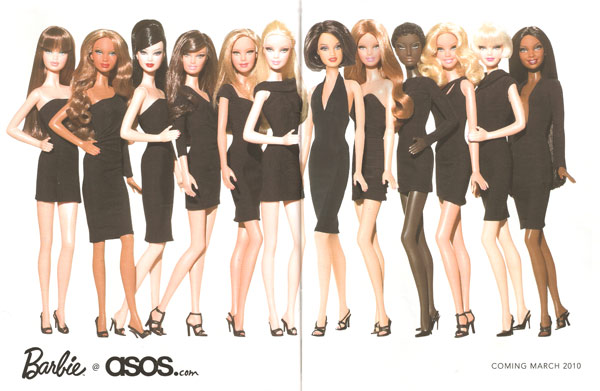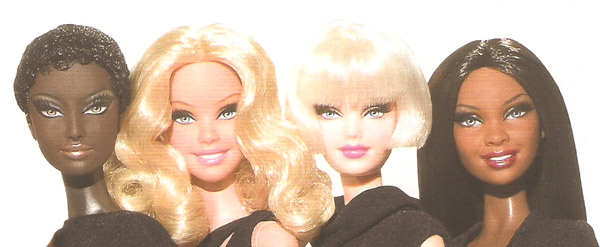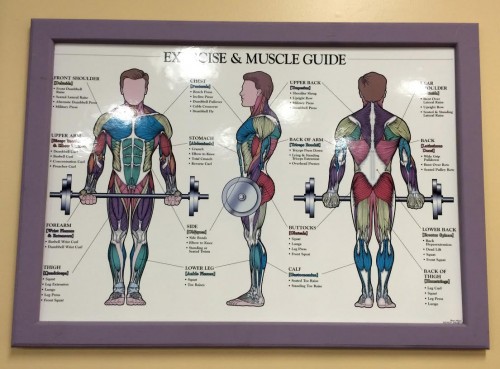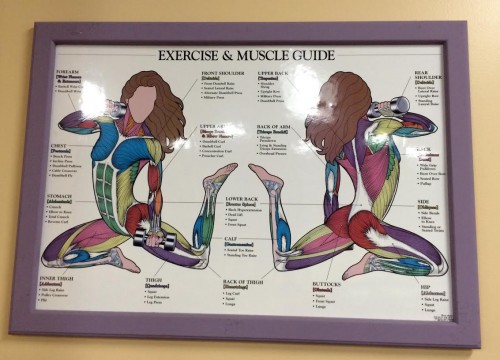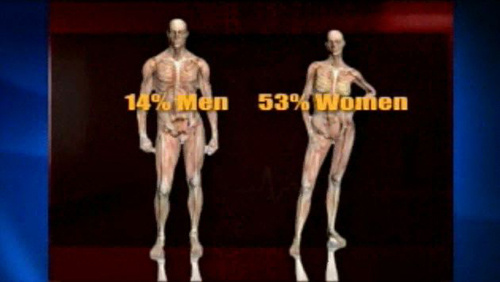Jayna T. and V. sent in a number of commercials for home security systems. They point out that in all the commercials they’d seen (there are many, many, many more than what I have here), the intruders are men (White men, from what I can tell) and the person endangered is a White woman, either alone or with her daughter:
So they’re selling home security systems by playing on the idea of the vulnerable middle-class White woman, easily victimized in her home. Luckily, home intruders are easily frightened away by an alarm system and run for the hills.
Saturday Night Live recently parodied these commercials, and I think the skit sums them up nicely:
UPDATE: A commenter pointed out this Target: Women segment on the same topic:








